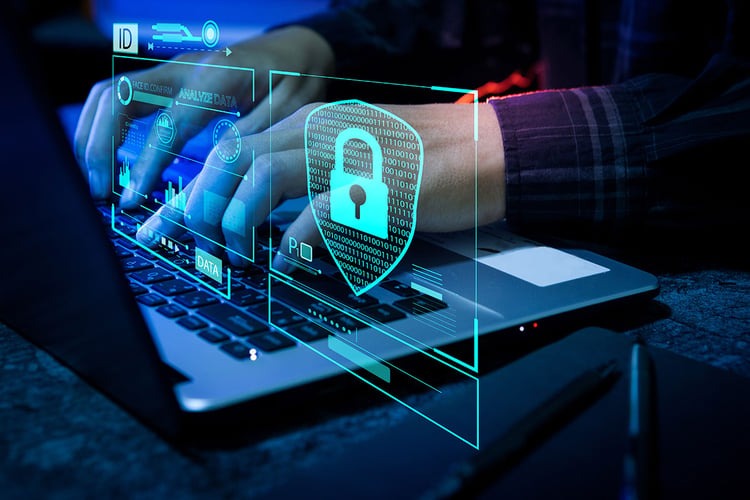In the rapidly evolving landscape of cybersecurity, staying ahead of cyber threats is paramount. This article delves into the evolution of threat detection software and the trends shaping the future of cybersecurity.
Traditional Threat Detection
Signature-Based Detection
Traditionally, threat detection relied heavily on signature-based methods. These systems identified known threats by matching patterns or signatures in network traffic or files. While effective against known threats, they struggled to detect new and evolving malware.
Limitations and False Positives
Signature-based detection had its limitations, including false positives and the inability to detect zero-day vulnerabilities. Cybercriminals adapted, and traditional methods became less effective against advanced threats.
The Rise of Behavioral Analytics
Understanding Normal Behavior
Behavioral analytics emerged as a game-changing approach. Instead of relying on predefined signatures, these systems learn and understand “normal” behavior within a network or system. Any deviations from this norm are flagged as potential threats.
Machine Learning and AI
Machine Learning (ML) and Artificial Intelligence (AI) play a significant role in behavioral analytics. These technologies analyze vast amounts of data to identify anomalies and suspicious activities, even those previously unknown.
Cloud-Based Security
Scalability and Flexibility
The migration to cloud-based security solutions offers scalability and flexibility. Cloud-based threat detection leverages extensive computing resources to analyze data in real-time, making it suitable for businesses of all sizes.
Threat Intelligence Sharing
Cloud-based platforms enable threat intelligence sharing among organizations. This collaborative approach helps in proactively identifying and mitigating threats across industries.
Zero Trust Architecture
Trust No One
The Zero Trust security model challenges the traditional “trust but verify” approach. In a Zero Trust architecture, trust is not automatically granted to any user or device, even if they are within the network perimeter. Verification is continuous and context-based.
Beyond Perimeter Security
Zero Trust acknowledges that threats can originate both inside and outside the network. It focuses on securing data and systems at all levels, enhancing overall security posture.
Ethical Considerations in Cybersecurity
With advanced threat detection capabilities comes the responsibility to use them ethically. Protecting user privacy and ensuring that AI-driven detection systems are free from bias are critical ethical considerations.
The Future of Threat Detection
The future of threat detection holds exciting possibilities. Continuous advancements in AI and machine learning will result in even more accurate threat detection. Moreover, as the Internet of Things (IoT) expands, threat detection systems will adapt to protect a broader range of connected devices.
Conclusion
The evolution of threat detection software in cybersecurity reflects the ever-changing nature of cyber threats. From signature-based methods to behavioral analytics and the adoption of Zero Trust architectures, staying ahead of cybercriminals requires constant innovation. As we move forward, ethical considerations will play a vital role in shaping the future of threat detection.

